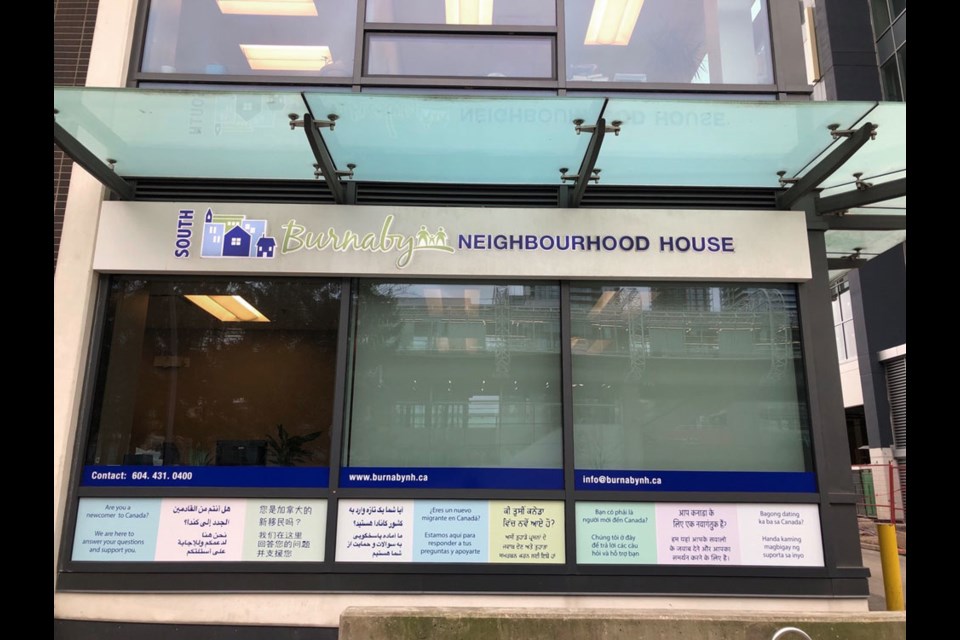In less than three days, families and friends will gather with the “Haft Sin” set on the table and count down to the exact moment spring arrives, which also marks the birth of a new year for many.
On Monday, March 20, many people across the globe will celebrate Norooz/Nowruz, also known as the Persian New Year, based on the Iranian Solar Hijri Calendar.
But a community neighbourhood house that welcomes newcomers to Canada hosted 85 newly arrived Afghan refugees on March 15 to celebrate Nowruz and Ramadan (month of Fasting) a few days early.
Over the last three weeks beginning on Feb. 15, Burnaby Neighbourhood House (BNH) hosted three ‘welcome-to-B.C. orientation sessions for Afghan refugees. The sessions offered information for the attendees in their first language about newcomer's rights, responsibilities, financial resources and access to benefits, and helped them connect with local resources.
“When you're new to a country, you need a human," said Gulalai Habib, director of settlement and integration program at Burnaby Neighbourhood House. “This is really a meaningful event because we know from experience how that first year is for us — that things that happen in the first year determine the memories you will have. And the memories gained are lifetime memories.”
On Wednesday, the neighbourhood house set up a Haft Sin table consisting of seven items starting with “S” to welcome the newly arrived refugees and give them a chance to celebrate their first Nowruz in Canada with other Afghan and Iranian newcomers.
The Seven essential items that Iranians put on their table (Sofreh) for Nowruz includes Sabzeh, wheat, barley or lentil sprouts growing in a dish, symbolizing rebirth; Samanu, a sweet pudding made from germinated wheat, symbolizing affluence; Senjed, the dried fruit of the oleaster tree, symbolizing love; Sir, garlic, symbolizing medicine; Sib, apples, symbolizing beauty and health; Somagh, sumac berries, symbolizing sunrise; and Serkeh, vinegar, symbolizing age and patience.



